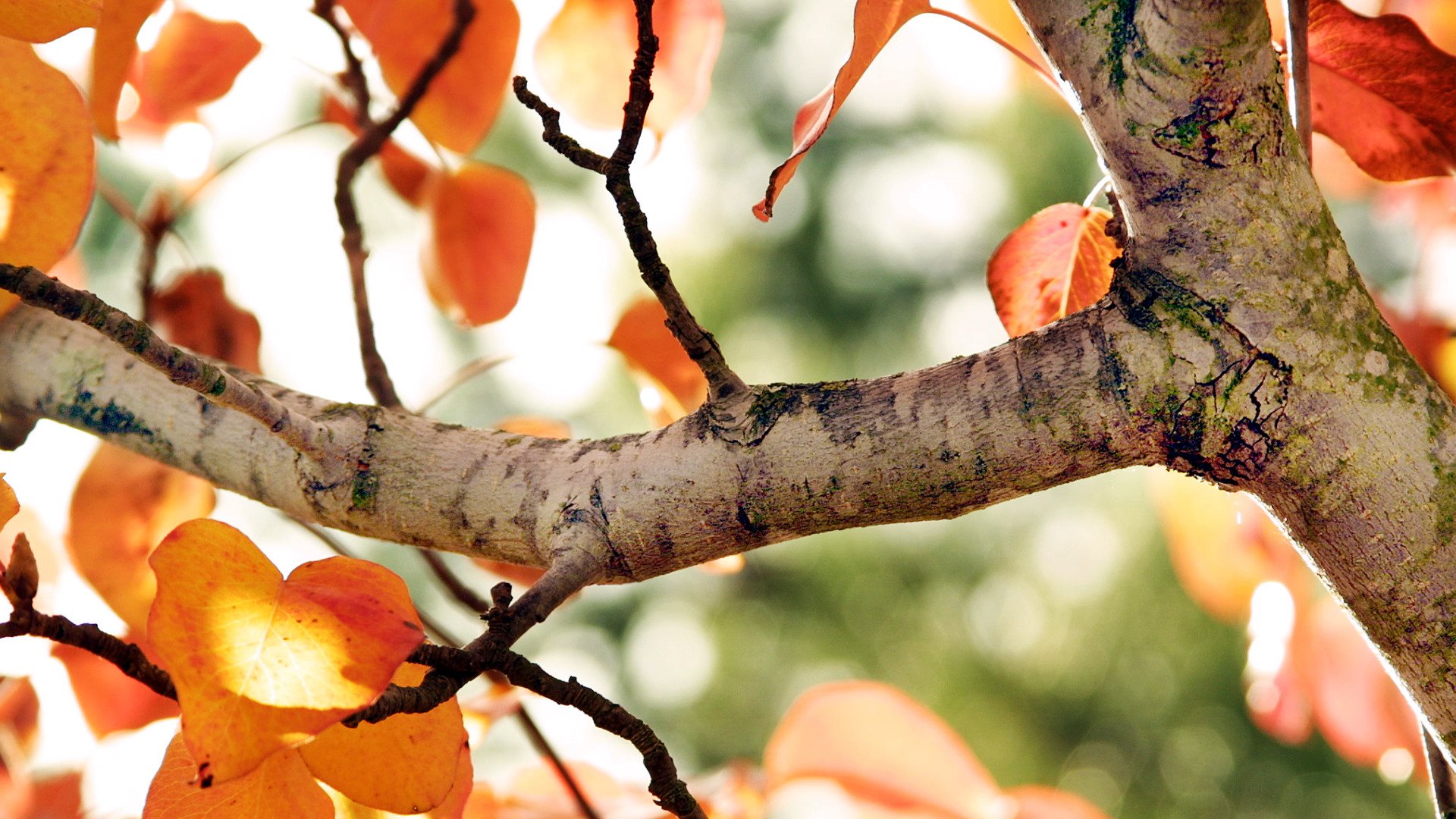
Welcome to the wonderful world of branches! Branches are a ubiquitous part of the natural world, found on trees, plants, and even some animals. They play a crucial role in the life cycle of organisms and offer various functions and benefits. From providing support and stability to offering a habitat for various species, branches are vital components of ecosystems all around the globe.
In this article, we will delve into the fascinating world of branches and uncover 17 interesting facts about them. So, whether you have ever stopped to admire the intricate patterns of a tree’s branches or wondered why certain plants have unique branching structures, you’re in for a treat. Let’s explore the diverse and awe-inspiring aspects of branches and gain a deeper understanding of their significance in the natural world.
Key Takeaways:
- Branches are essential for trees to grow, provide homes for wildlife, and play a role in water transportation. They also inspire creativity and symbolize strength and growth in various cultures.
- Branches are diverse and serve multiple purposes, from being used in industries to providing natural materials for crafts. They are a vital part of the ecosystem and remind us of the interconnected nature of the natural world.
Branch is an essential component of a tree.
Without branches, a tree wouldn’t be able to grow and flourish. They provide support and stability, allowing the tree to reach towards the sun and capture vital sunlight for photosynthesis.
Branches come in various shapes and sizes.
From the long, sturdy branches of oak trees to the intricate, delicate branches of cherry blossoms, each species of tree has its unique branch characteristics.
Branches serve as a home to many creatures.
Squirrels build their nests called dreys among the branches, while birds construct intricate and secure nests high up in the branches. Branches provide shelter and protection for a wide range of wildlife.
Branches undergo seasonal changes.
During the spring and summer, branches are adorned with vibrant leaves, providing shade and cooling effects. In the fall, they transform into a kaleidoscope of colors, creating a breathtaking scenery. Winter sees bare branches, creating a stark and striking silhouette against the sky.
Branches play a vital role in water transportation within a tree.
Water travels from the roots up through the trunk and into the branches, delivering nutrients and hydration to every part of the tree. This process, known as transpiration, helps keep the tree healthy and functioning.
Branches are used in various industries.
Branches are harvested for timber, creating a sustainable source of wood for construction, furniture, and paper production. Artisans also utilize branches in crafting intricate designs and sculptures.
Pruning helps maintain the health of branches.
Regular pruning removes dead or diseased branches, promoting new growth and preventing the spread of infections. Proper pruning techniques play a crucial role in maintaining the overall well-being and aesthetics of trees.
Some branches have thorns or spikes.
Plants like roses and blackberries have thorny branches as a defense mechanism against herbivores. These thorns can help protect the plant from being eaten or damaged.
Branches provide natural materials for crafts and decorations.
Twigs and branches can be used to create wreaths, ornaments, and other decorative items. Their unique shapes and textures add a rustic and natural touch to any craft project.
Branches contribute to the biodiversity of forests.
They provide habitats for a diverse range of organisms, including insects, birds, and small mammals. Branches offer nesting sites, food sources, and protection, supporting a thriving ecosystem within forests.
Branches can be used as firewood.
Dried branches are commonly used as a source of fuel for heating and cooking in many parts of the world.
Trees communicate and share resources through their branches.
Using an underground network of fungi called mycorrhizal networks, trees can transfer nutrients, water, and even chemical signals to other trees through their interconnected roots and branches.
Branches can be damaged by extreme weather conditions.
Strong winds, heavy snow, or ice accumulation can cause branches to snap or break. This can impact the overall health and structural integrity of the tree.
Branches have been used symbolically in various cultures.
In many traditions, branches are seen as a symbol of growth, strength, and connection to nature. They are often used in rituals, ceremonies, and celebrations.
The branch of government is a concept in political systems.
In political systems, the branch of government refers to the separate branches, such as the executive, legislative, and judicial branches, that serve different functions and provide checks and balances.
The banking system includes branches.
Banking institutions have branches that serve as physical locations where customers can carry out financial transactions and access banking services.
Branches inspire creativity and artistic expression.
Artists, photographers, and poets often find inspiration in the intricate patterns and unique forms of branches. They capture the beauty and essence of branches in their works of art.
Conclusion
In conclusion, branches are an integral part of nature’s intricate design. They serve numerous purposes, from providing support for leaves and fruits to acting as conduits for transporting water and nutrients. Branches also play a vital role in shaping the overall structure and aesthetics of trees and plants.Furthermore, branches serve as habitats for various types of organisms, providing shelter and food sources. They are crucial in maintaining biodiversity within ecosystems, allowing for the coexistence of different species and contributing to the overall health and balance of the environment.Understanding the importance of branches helps us appreciate the complexity and beauty of nature. It reminds us of the interconnectedness of all living things and the delicate balance that sustains life on our planet. So, the next time you look at a tree or plant, take a moment to admire its branches and the wonders they hold.
FAQs
Q: How do branches grow?
A: Branches grow from buds located at the base of leaves. As the tree or plant grows, these buds elongate and develop into branches.
Q: Can branches be pruned?
A: Yes, branches can be pruned for various reasons, such as maintaining the tree’s shape, removing diseased or damaged branches, or promoting healthier growth.
Q: Do branches always grow in a specific direction?
A: No, the growth direction of branches can vary depending on factors like sunlight, wind, and gravity. They tend to grow towards light sources and away from obstacles.
Q: How long do branches typically live?
A: The lifespan of branches varies depending on the species and environmental conditions. Some branches can live for several years, while others may only survive for a few seasons.
Q: Can branches regenerate if they are cut off?
A: It depends on the severity of the cutting. Branches have the ability to regenerate if only a portion is removed, but complete removal may prevent regrowth.
Q: What is the purpose of leaves in relation to branches?
A: Leaves are attached to branches and are responsible for photosynthesis, converting sunlight into energy for the tree or plant. They also provide shade and help regulate temperature.
Was this page helpful?
Our commitment to delivering trustworthy and engaging content is at the heart of what we do. Each fact on our site is contributed by real users like you, bringing a wealth of diverse insights and information. To ensure the highest standards of accuracy and reliability, our dedicated editors meticulously review each submission. This process guarantees that the facts we share are not only fascinating but also credible. Trust in our commitment to quality and authenticity as you explore and learn with us.


